Add to Wishlist
The Cooking Book
Publisher: Alexis Press LLC
$135.00
ISBN 13: 979-8-89143-088-4
YEAR: 2024
eBOOK
Instant Delivery
Additional information
| Access Type | Download eBook, Read Only |
|---|
Be the first to review “The Cooking Book” Cancel reply
You must be logged in to post a review.
Purchase now to read the book online.
Select optionsRelated products
Food Processing
By Lynn Morgan
$135.00
Food processing is the transformation of agricultural products into food, or of one form of food into other forms. Food processing includes many forms of processing foods, from grinding grain to make raw flour to home cooking to complex industrial methods used to make convenience foods. Some food processing methods play important roles in reducing food waste and improving food preservation, thus reducing the total environmental impact of agriculture and improving food security. Primary food processing is necessary to make most foods edible, and secondary food processing turns the ingredients into familiar foods, such as bread.
Food Processing
By Lynn Morgan
$135.00
Food processing is the transformation of agricultural products into food, or of one form of food into other forms. Food processing includes many forms of processing foods, from grinding grain to make raw flour to home cooking to complex industrial methods used to make convenience foods. Some food processing methods play important roles in reducing food waste and improving food preservation, thus reducing the total environmental impact of agriculture and improving food security. Primary food processing is necessary to make most foods edible, and secondary food processing turns the ingredients into familiar foods, such as bread.
Greek and Italian Food Products
By Ash Leonard
$135.00
Food is any substance consumed by an organism for nutritional support. Food is usually of plant, animal, or fungal origin, and contains essential nutrients, such as carbohydrates, fats, proteins, vitamins, or minerals. The substance is ingested by an organism and assimilated by the organism's cells to provide energy, maintain life, or stimulate growth. Different species of animals have different feeding behaviors that satisfy the needs of their unique metabolisms, often evolving to fill a specific ecological niche within specific geographical contexts. This book explores the zero-waste concept in the thriving biobased sector, proposing technologies and procedures to meet sustainable development goals.
Greek and Italian Food Products
By Ash Leonard
$135.00
Food is any substance consumed by an organism for nutritional support. Food is usually of plant, animal, or fungal origin, and contains essential nutrients, such as carbohydrates, fats, proteins, vitamins, or minerals. The substance is ingested by an organism and assimilated by the organism's cells to provide energy, maintain life, or stimulate growth. Different species of animals have different feeding behaviors that satisfy the needs of their unique metabolisms, often evolving to fill a specific ecological niche within specific geographical contexts. This book explores the zero-waste concept in the thriving biobased sector, proposing technologies and procedures to meet sustainable development goals.
Beer: Health And Nutrition
$135.00
Amino Acids
$135.00
Amino acids are organic compounds that contain both amino and carboxylic acid functional groups. Although hundreds of amino acids exist in nature, by far the most important are the alpha-amino acids, which comprise proteins. Only 22 alpha-amino acids appear in the genetic code. Each method is described in step-by-step detail to ensure successful experimental results and emphasizes sample preparation, particularly the collection and storage of bodily fluids. This book also provides concise coverage of major historical developments in the scientific discipline, so that readers will appreciate the past, understand the current state of the knowledge, and explore the future of the field.
Amino Acids
$135.00
Amino acids are organic compounds that contain both amino and carboxylic acid functional groups. Although hundreds of amino acids exist in nature, by far the most important are the alpha-amino acids, which comprise proteins. Only 22 alpha-amino acids appear in the genetic code. Each method is described in step-by-step detail to ensure successful experimental results and emphasizes sample preparation, particularly the collection and storage of bodily fluids. This book also provides concise coverage of major historical developments in the scientific discipline, so that readers will appreciate the past, understand the current state of the knowledge, and explore the future of the field.
Recent Trends In Soft Beverages
By Rory Willis
$135.00
A beverage includes all types of edible drinks. From tea to coffee and various juices, mocktails, cocktails, soft drinks, alcoholic drinks – all these drinks are various kinds of beverages made and served worldwide. So you will find thousands of beverages that are consumed all over the world. Beverages can be healthy like smoothies, tisanes, fresh fruit juices, vegetable juices, and milkshakes. They can be alcoholic or non-alcoholic as well. They can be served hot like cappuccino, tea, or espresso or served cold like frappes or a cold beer or shakes.
Recent Trends In Soft Beverages
By Rory Willis
$135.00
A beverage includes all types of edible drinks. From tea to coffee and various juices, mocktails, cocktails, soft drinks, alcoholic drinks – all these drinks are various kinds of beverages made and served worldwide. So you will find thousands of beverages that are consumed all over the world. Beverages can be healthy like smoothies, tisanes, fresh fruit juices, vegetable juices, and milkshakes. They can be alcoholic or non-alcoholic as well. They can be served hot like cappuccino, tea, or espresso or served cold like frappes or a cold beer or shakes.
General Microbiology
$135.00
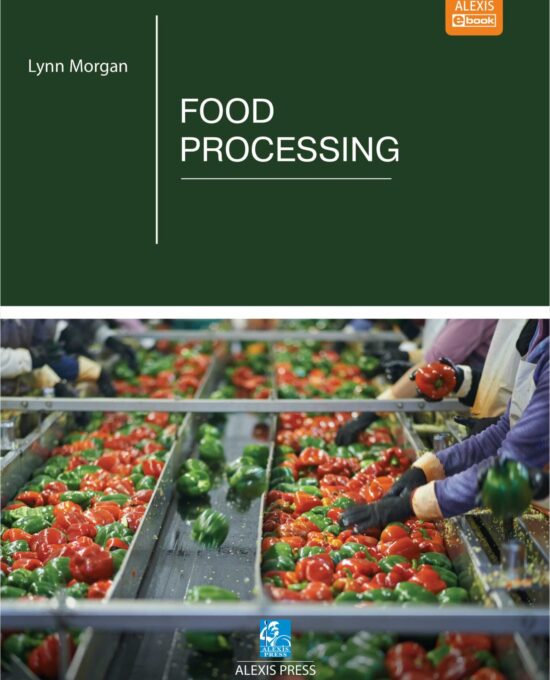
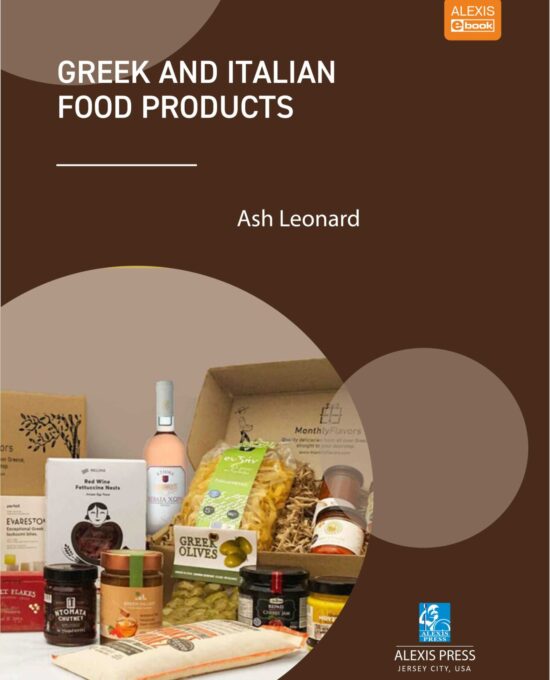
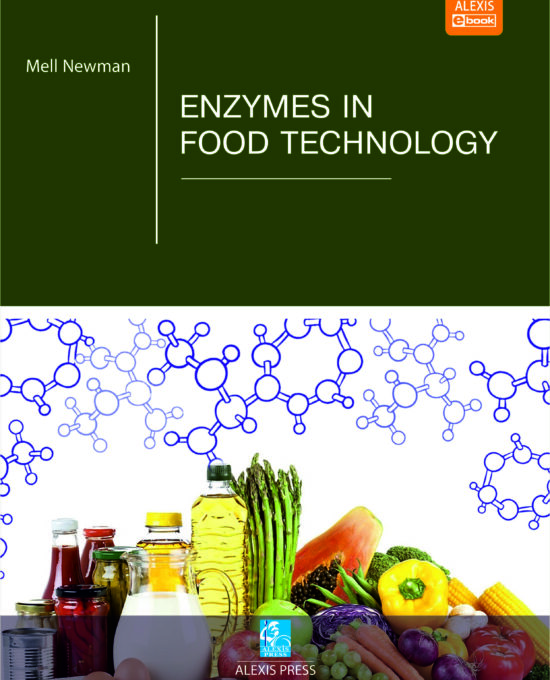
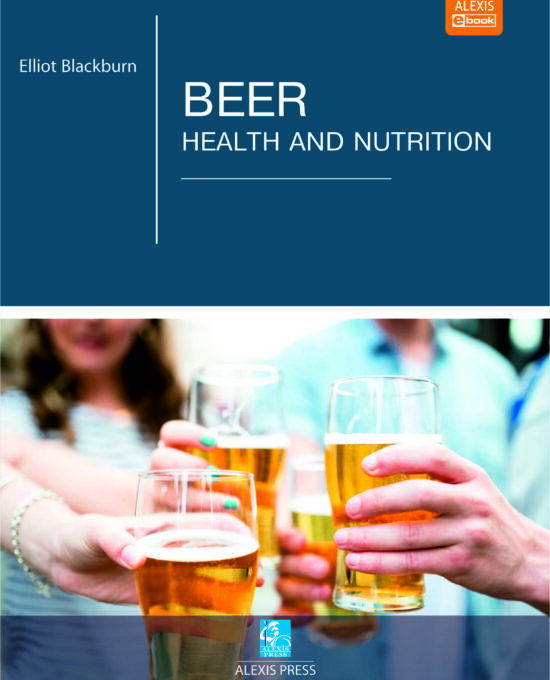
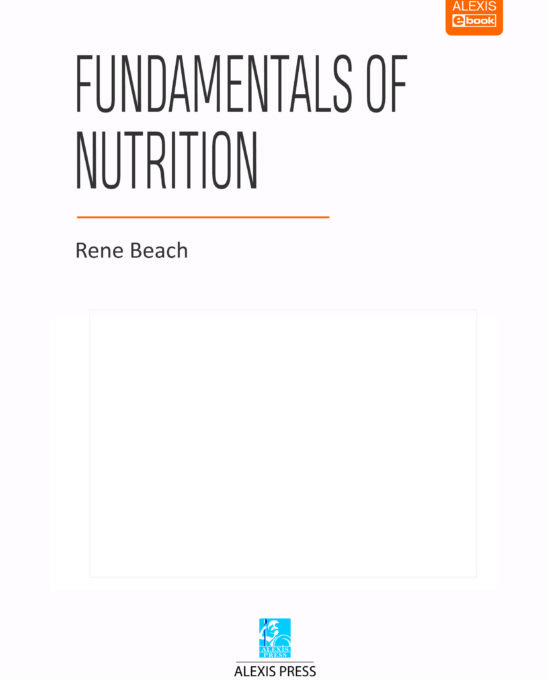
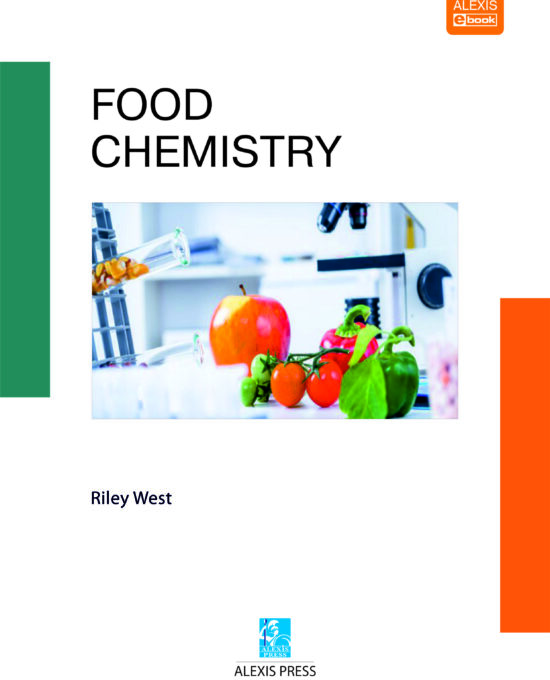
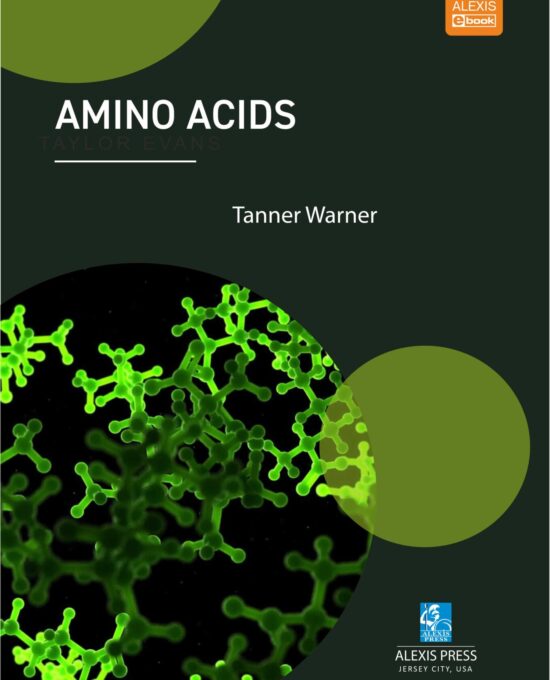
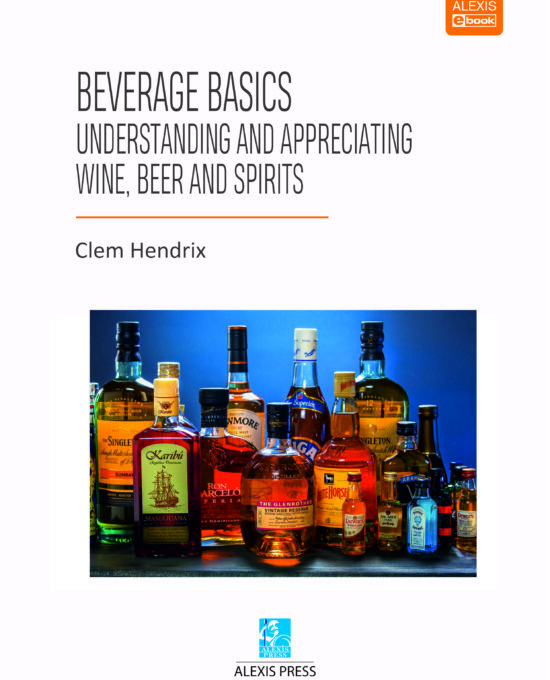
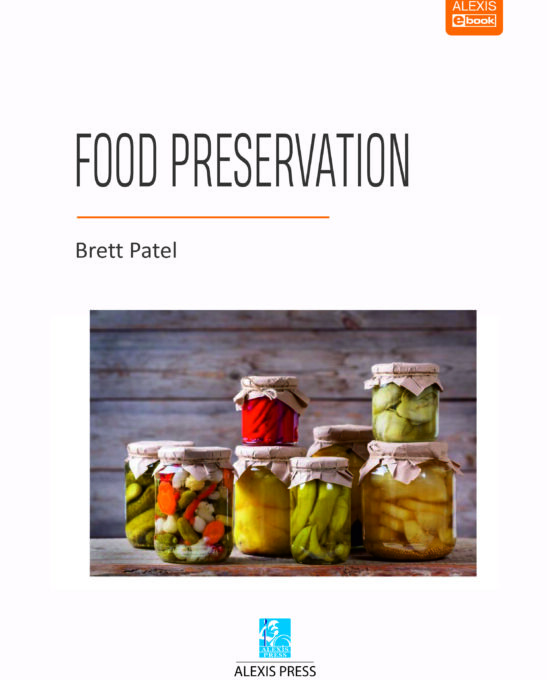
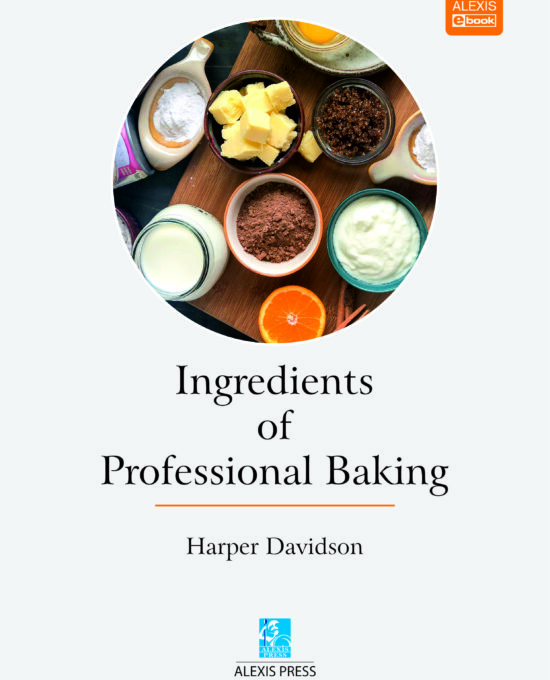
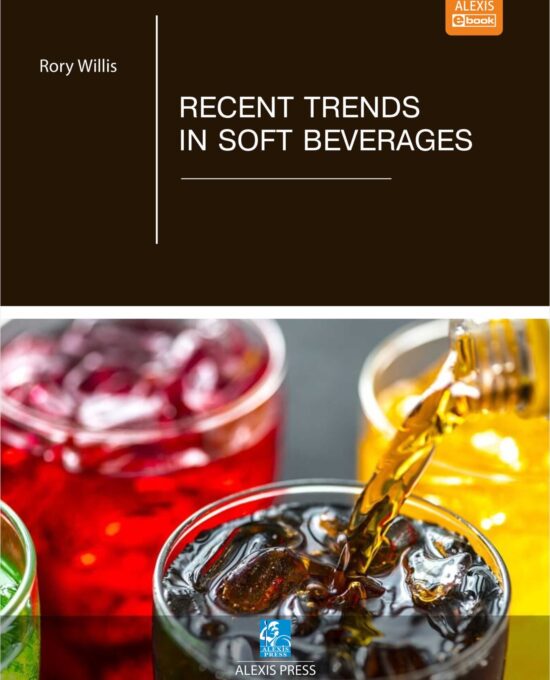
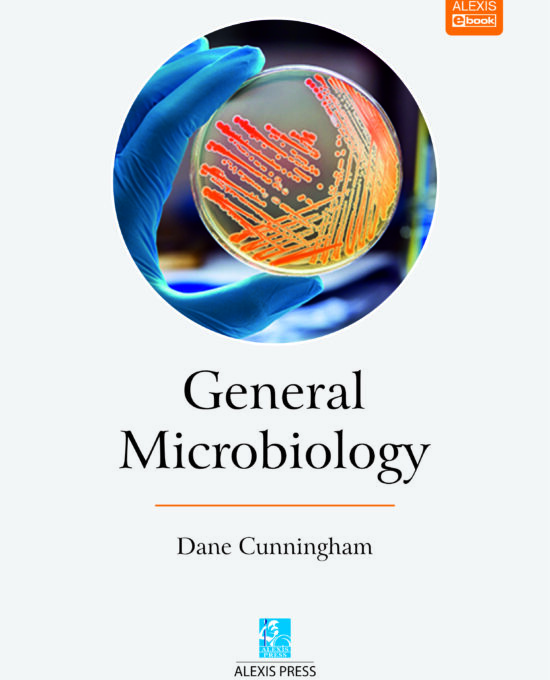
Reviews
There are no reviews yet.